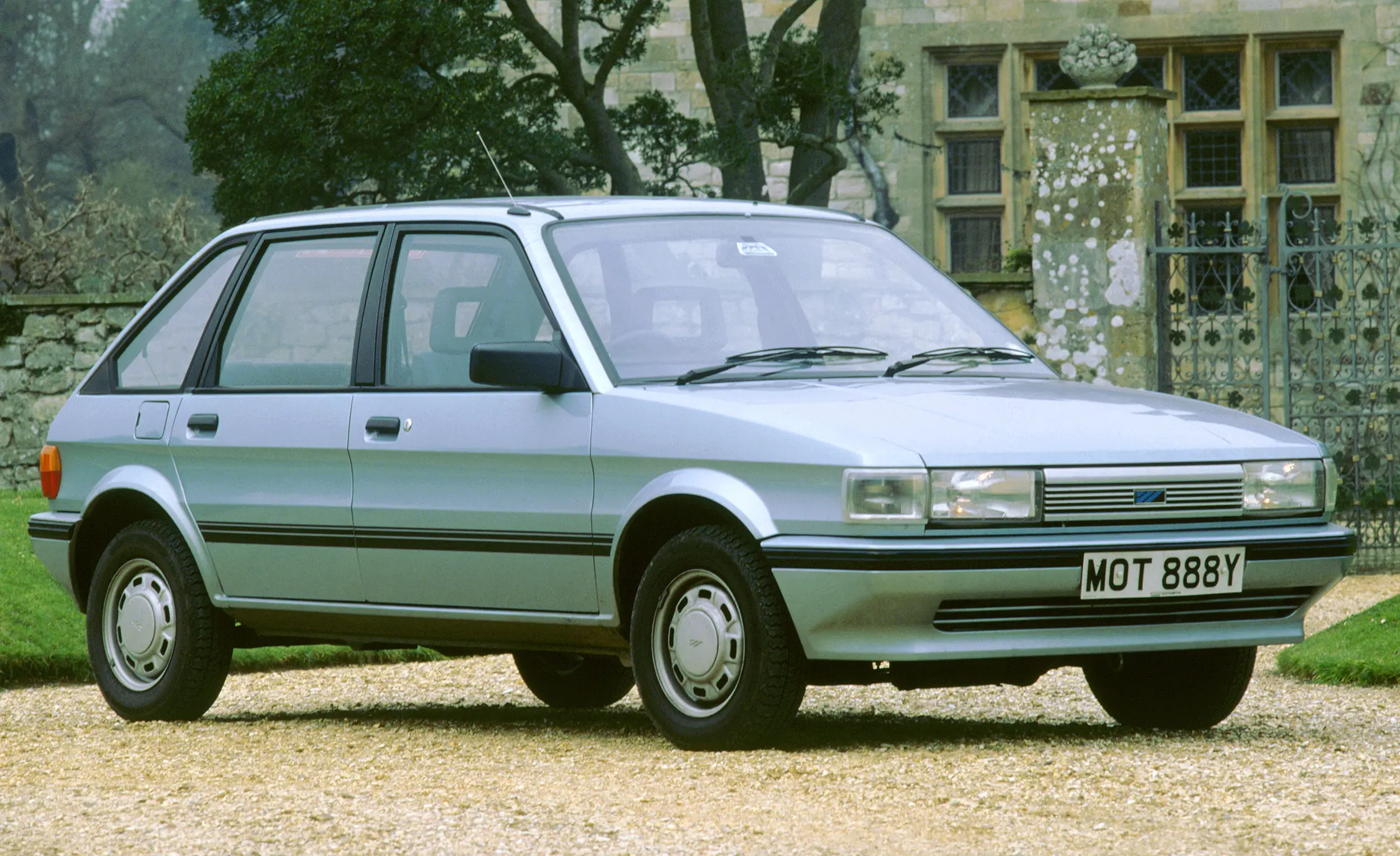The Austin Maestro at 40 years by Andrew Roberts
23 February 2023
t is Tuesday, the 1st of March 1983 and British Leyland has just unveiled the successor to the Austin Allegro. Not only was the “Miracle Maestro”, promoted by one of the most over-the-top commercials in ITV history
- the more expensive versions even boasted a talking dashboard. Clearly, this was transport for a brave new world of home computers and grey loafers.
Forty years later, it is sometimes difficult to appreciate the Maestro’s importance to the BL empire. In 1983 the corporation still suffered from a negative image, despite the Metro, the Triumph Acclaim and the creation of the Austin-Rover division in 1982. But the Maestro was cause for optimism in possibly the most crucial sector of the new car market. On the 2nd of March The Daily Telegraph reported that British Leyland had already received £50 million in orders.
Project LC10 dates back to 1975, and there was some debate at Longbridge on whether it should be launched before the Metro. British Leyland was certainly in great need of a new light-medium vehicle at that time. In addition, had the Maestro made its bow at the 1980 Motor Show, it could have stolen some of the Ford Escort Mk. III’s thunder. As it was, BL scheduled the premiere for 1983.
In the previous year, Leyland’s management, partially spurred by the new MG Metro’s impact, decided to add an Octagon-badged Maestro to the line-up. So, January 1983 saw the dealer launch in Torremolinos presented by Simon Williams, with a cabaret produced by Ernest Maxim of Morecambe and Wise fame. The message was clear – this was a major show for an important new product.

And when the first Maestros arrived at Austin-Rover dealerships, there was considerable public interest. The styling, with its body-coloured plastic bumpers, had no resemblance to the Allegro (which had ceased production in 1982), and additional sales features were the VW-sourced five-speed transmission and the R-series engines.
Plus, if you had £6,425 or £6,393 to spend on the MG or Vanden Plas, you gained a Maestro with a talkative solid-state digital dashboard. Ms. Nicolette McKenzie instructed the driver and passenger to fasten their seatbelts in the dulcet tones. Mindful of export markets, BL recorded the voice synthesizer’s 32-word vocabulary in 15 languages. Your friendly Austin-Rover dealer would probably tell you that no Escort or Vauxhall Astra was known to speak. Indeed, if they did, it was perhaps not a good sign.
BL hoped the Maestro would help them attain at least 25% of the new car market, and the initial sales figures were very encouraging. The automotive historian Keith Adams points out in http://www.aronline.co.uk/ that “By mid-August 1983, the Maestro was now Britain’s sixth best-selling car, with total sales of 49,000”. The motoring press also seemed favourable towards the Maestro. What Car thought:
Living with the Maestro is a very easy thing to do; the car is so vice free it’s hard to imagine anyone having any serious complaints. In fact, the car itself is perhaps too characters – blandness can irritate to a degree.
Fortunately, many buyers valued efficiency above character, and The Guardian regarded the £210m development costs as money well spent. Sue Baker of The Observer was not a fan of the eloquent MG and VDP, using such words as “nauseating” and “smugness” in her report. However, the opening paragraph must have been music to the ears of British Leyland’s directorship: “Maestro euphoria has been the pattern of the past week’s coverage of BL’s vital new car. Has all the enthusiasm for the new Maestro been justified? In my opinion, emphatically yes.”.
But sales did not reflect the Maestro’s very real abilities, and Adams observes that one reason was Ford’s dominance of the fleet market:
This situation was simple: the company could appear unchallenged in the fleet sector by being able to sell their cars as cheaply as they wished. Austin Rover simply could not afford to ‘buy’ its market share to compete on these terms – and so was at an immediate cost-disadvantage.
As a result, too many company buyers continued to opt for the Escort, while the Maestro additionally suffered from BL’s disastrous record in industrial relations. By the time UK production ended in December of 1994, it was an unfairly semi-forgotten vehicle.
Today, a thriving owners’ club - https://maestro.org.uk/ - and a new generation of owners preserve and promote the Maestro. The styling, once regarded as dowdy in the 1980s, now looks clean-cut, and we will be bringing you separate blogs of members of the range - including the talkative versions.
For now, here is my favourite ‘Maestro Memory. Anyone who believes they are dull has never been taken around the Shakespeare Raceway in an early example by Tanya Field. But that is another story…
With Thanks To: Tanya Field
